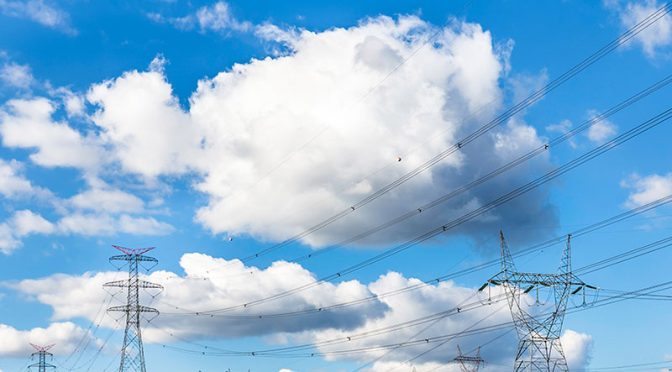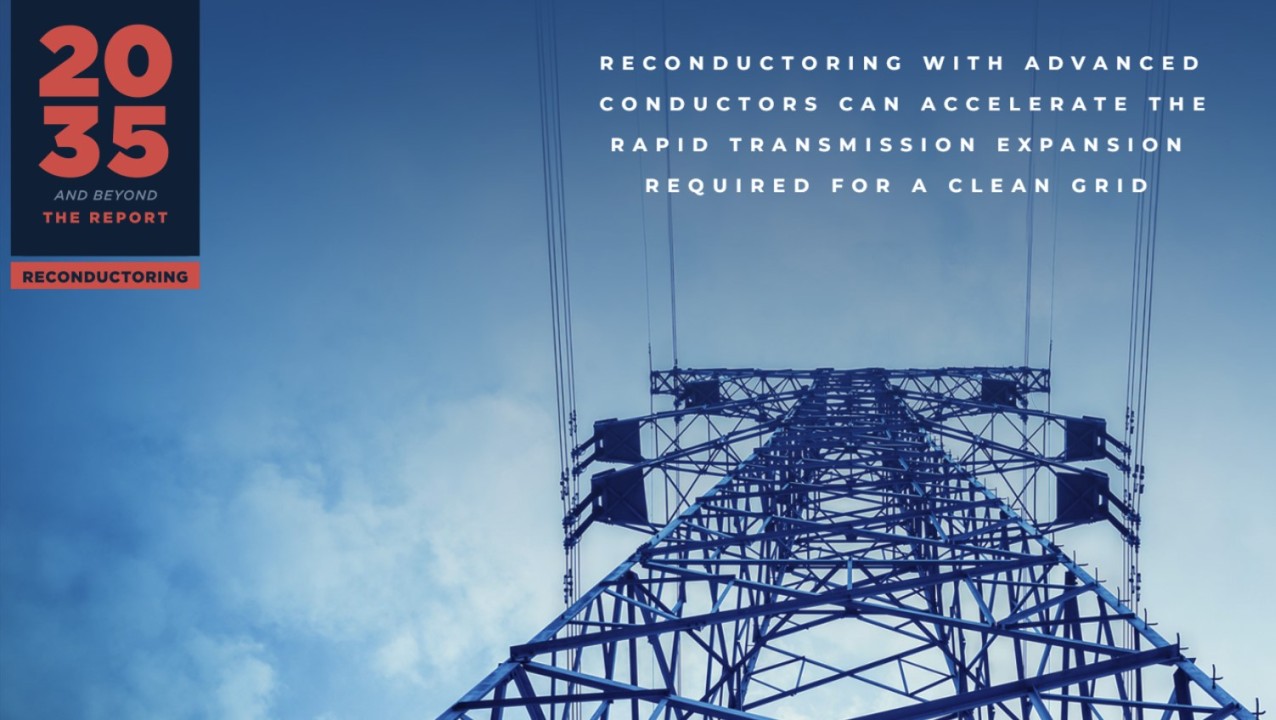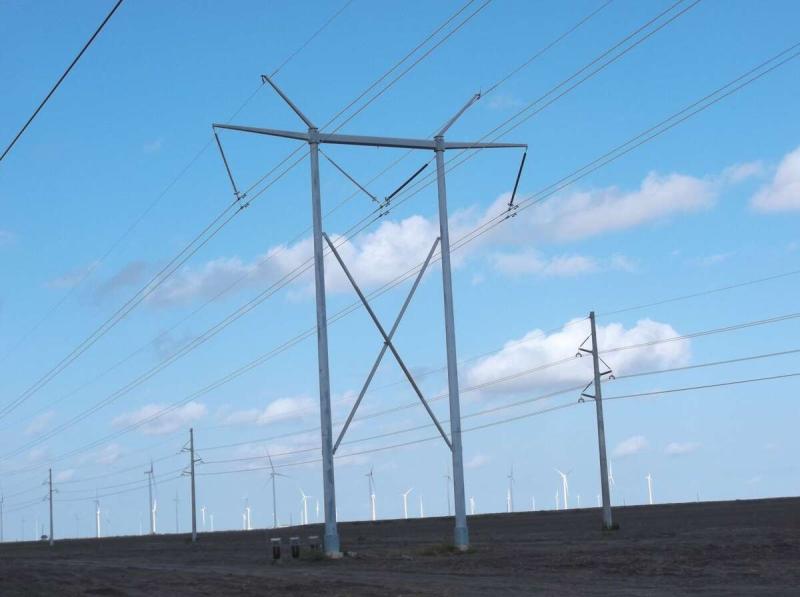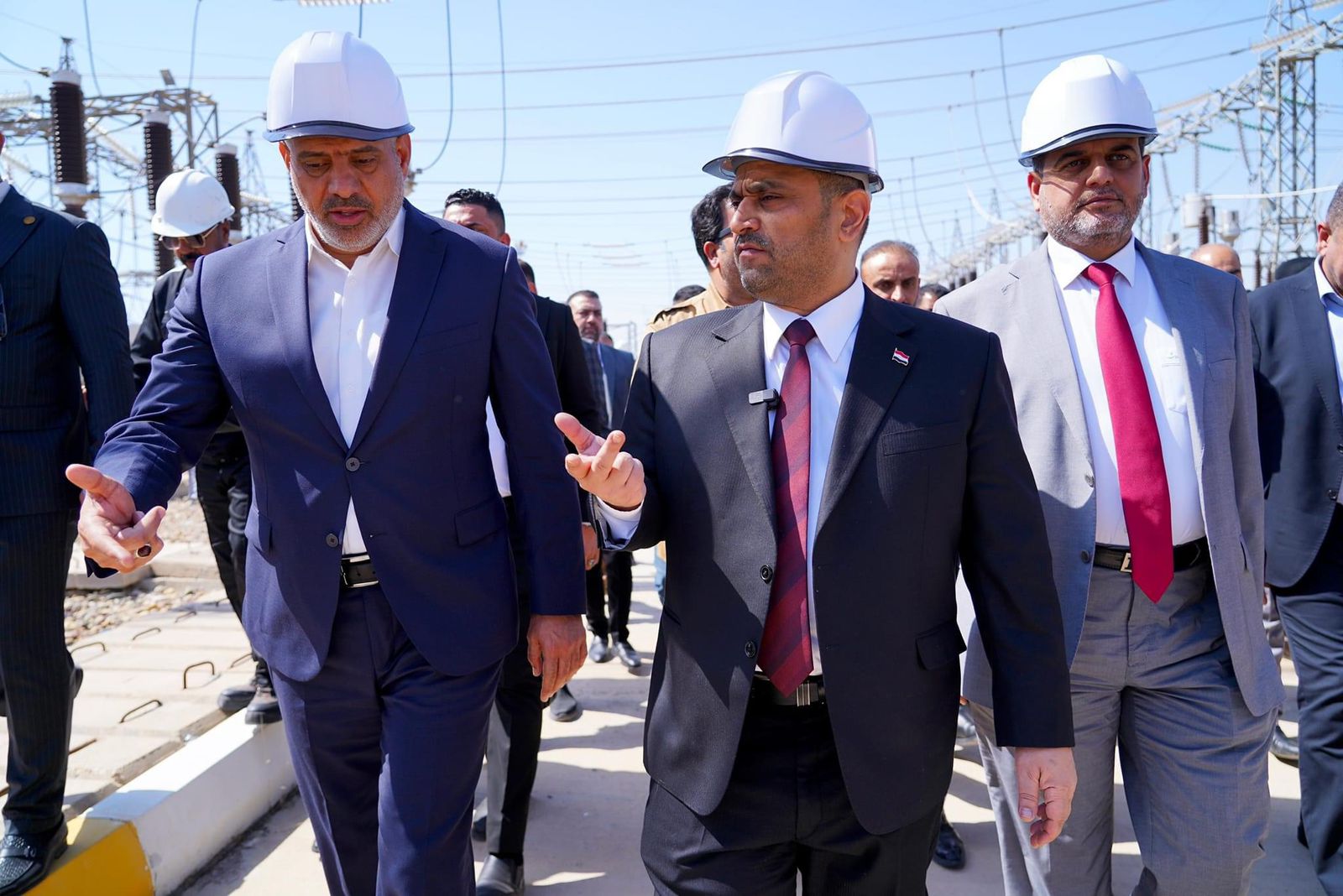Access to affordable, reliable, and clean energy is essential for the future health of our planet, our global economy, and wellbeing in general. Without it, water cannot be pumped to support growing populations, products cannot be economically manufactured to maintain viable economies, and poverty cannot be mitigated in underdeveloped countries. Considering that the world consumes over 20 Trillion kWh of electricity every year (according to the US Energy Information Administration) and that more than 1.4 Trillion kWh are lost in the inefficient transmission of that energy, the time has come to consider the importance of investment, not just in more efficient clean generation, but also in improved transmission technologies. As several key industry executives have stated “It is cheaper to save a ‘Negawatt’ than it is to produce a Megawatt.”
From a fuel conservation or environmental perspective, there are an estimated 1.2 Trillion Metric Tons of CO2 created annually as a by-product of transmission line losses. If that number could be reduced by one-third (or more) by deploying modern conductors such as ACCC (Aluminum Conductor Composite Core) worldwide, a reduction in CO2 emissions of over 290 Million Metric Tons could be realized every year (based on the US average of all fuel sources including hydro, renewables, and fossil fuels).
Using the average CO2 value of 1.372 lbs per kWh, this is comparable to removing 55.8 Million cars from the road. This hypothetical one-third reduction in transmission line losses also reflects 466,620,000 MWh of electrical energy savings. This is the energy equivalent of 53,267 MW of generation (not including a capacity factor which would increase the actual number substantially).
Essentially this is the equivalent amount of generation required to power nearly 48 million homes in the US. From an oil-energy perspective, at a Btu conversion efficiency rate of 42%, the energy saved would equal over 1.9 billion barrels of oil every year. The question that should be considered is: “Is it cheaper to create energy or save it?” For more information about the numerous ways modern conductors can improve the efficiency, capacity and reliability of the electric power grid, please download a free copy of “Engineering Transmission Lines with High-Capacity, Low-Sag ACCC Conductor” CLICK HERE or visit www.ctcglobal.com To date, the ACCC conductor has been used at over 400 projects in 40 countries to upgrade existing lines so the development of new lines could, in many cases, be avoided.
This article first appeared in LinkedIn Pulse on April 8, 2015
by Dave Bryant
Director Technology at CTC Global (ACCC Conductor)







